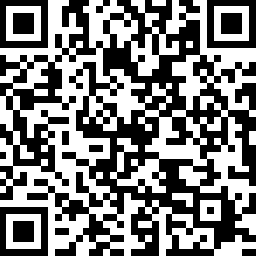
下载亿题库APP
联系电话:400-660-1360

下载亿题库APP
联系电话:400-660-1360

请谨慎保管和记忆你的密码,以免泄露和丢失

请谨慎保管和记忆你的密码,以免泄露和丢失

随着九月份的到来,留给我们的2021年考研初试备考时间就更少了一些。从历年情况来看,大部分考生预计都已经进入了最后的复习阶段。鉴于此,帮考网在下面为大家带来考研初试英语的部分模拟试题,一起练起来吧。
At 18, Ashanthi DeSilva of suburban Cleveland is a living symbol of one of the great intellectual achievements of the 20th century. Born with an extremely rare and usually fatal disorder that left her without a functioning immune system (the “bubble-boy disease,” named after an earlier victim who was kept alive for years in a sterile plastic tent), she was treated beginning in 1990 with a revolutionary new therapy that sought to correct the defect at its very source, in the genes of her white blood cells. It worked. Although her last gene-therapy treatment was in 1992, she is completely healthy with normal immune function, according to one of the doctors who treated her, W. French Anderson of the University of Southern California. Researchers have long dreamed of treating diseases from hemophilia to cancer by replacing mutant genes with normal ones. And the dreaming may continue for decades more. “There will be a gene-based treatment for essentially every disease,” Anderson says, “within 50 years.”
It\'s not entirely clear why medicine has been so slow to build on Anderson\'s early success. The National Institutes of Health budget office estimates it will spend $432 million on gene-therapy research in 2005, and there is no shortage of promising leads. The therapeutic genes are usually delivered through viruses that don\'t cause human disease. “The virus is sort of like a Trojan horse,” says Ronald Crystal of New York Presbyterian/Weill Cornell Medical College. “The cargo is the gene.”
At the University of Pennsylvania\'s Abramson Cancer Center, immunologist Carl June recently treated HIV patients with a gene intended to help their cells resist the infection. At Cornell University, researchers are pursuing gene-based therapies for Parkinson\'s disease and a rare hereditary disorder that destroys children\'s brain cells. At Stanford University and the Children\'s Hospital of Philadelphia, researchers are trying to figure out how to help patients with hemophilia who today must inject themselves with expensive clotting drugs for life. Animal experiments have shown great promise.
But somehow, things get lost in the translation from laboratory to patient. In human trials of the hemophilia treatment, patients show a response at first, but it fades over time. And the field has still not recovered from the setback it suffered in 1999, when Jesse Gelsinger, an 18-year-old with a rare metabolic disorder, died after receiving an experimental gene therapy at the University of Pennsylvania. Some experts worry that the field will be tarnished further if the next people to benefit are not patients but athletes seeking an edge. This summer, researchers at the Salk Institute in San Diego said they had created a “marathon mouse” by implanting a gene that enhances running ability; already, officials at the World Anti-Doping Agency are preparing to test athletes for signs of “gene doping.” But the principle is the same, whether you\'re trying to help a healthy runner run faster or allow a muscular-dystrophy patient to walk. “Everybody recognizes that gene therapy is a very good idea,” says Crystal. “And eventually it\'s going to work.”
1. The case of Ashanthi Desilva is mentioned in the text to ____________.
[A] show the promise of gene-therapy
[B] give an example of modern treatment for fatal diseases
[C] introduce the achievement of Anderson and his team
[D] explain how gene-based treatment works
2. Anderson‘s early success has ________________.
[A] greatly speeded the development of medicine
[B] brought no immediate progress in the research of gene-therapy
[C] promised a cure to every disease
[D] made him a national hero
3. Which of the following is true according to the text?
[A] Ashanthi needs to receive gene-therapy treatment constantly.
[B] Despite the huge funding, gene researches have shown few promises.
[C] Therapeutic genes are carried by harmless viruses.
[D] Gene-doping is encouraged by world agencies to help athletes get better scores.
4. The word “tarnish” (line 5, paragraph 4) most probably means ____________.
[A] affect
[B] warn
[C] trouble
[D] stain
5. From the text we can see that the author seems ___________.
[A] optimistic
[B] pessimistic
[C] troubled
[D] uncertain
答案:A B C D A
以上就是帮考网为大家带来的全部内容,希望能给大家一些帮助。帮考网提醒:在做题时,小伙伴们最好是根据自己的复习进度选择适当的习题做配套练习哦。另外,小伙伴们如果还有其他关于考研的疑问,也可以留言咨询哦。
 22
22以前年度的普通研究生入学考试成绩还能查询吗?:以前年度的普通研究生入学考试成绩还能查询吗?以前的考研成绩能查,成绩查询可以登录中国研究生招生信息网,根据自己报考研究生考试的报名号登陆,即可查询以前的考研成绩。
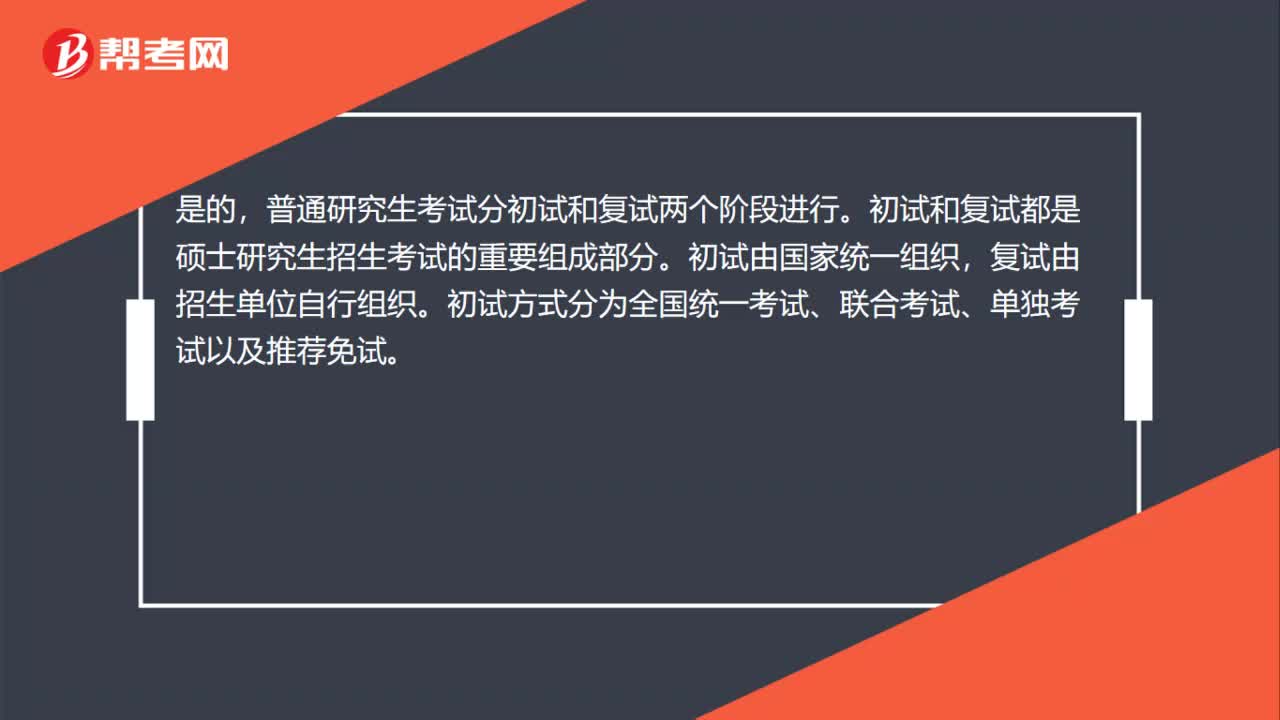 49
49普通研究生入学考试同一专业的初试是全国统一的吗?:普通研究生入学考试同一专业的初试是全国统一的吗?是的,普通研究生考试分初试和复试两个阶段进行。初试和复试都是硕士研究生招生考试的重要组成部分。初试由国家统一组织,复试由招生单位自行组织。初试方式分为全国统一考试、联合考试、单独考试以及推荐免试。全国统一命题科目及招生单位自命题科目试题(包括副题)、参考答案、评分参考等应当按照教育工作国家秘密范围的有关规定严格管理。
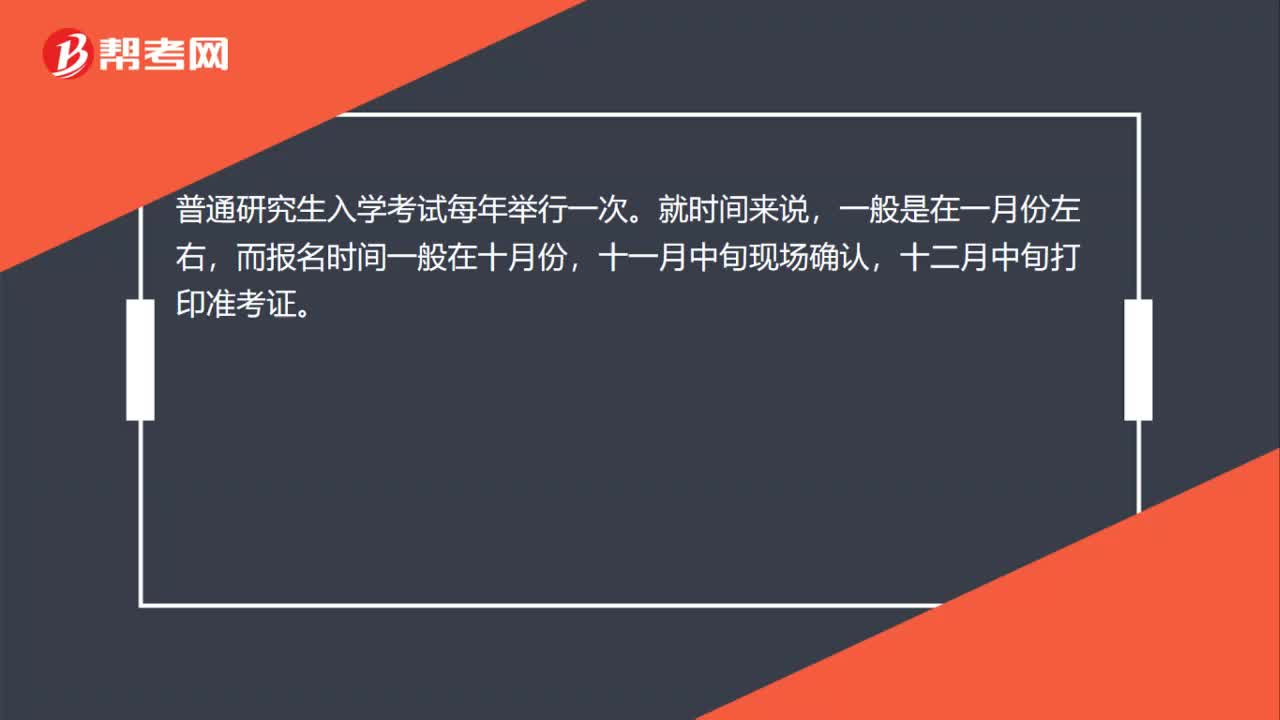 23
23普通研究生入学考试每年有几次?:普通研究生入学考试每年有几次?普通研究生入学考试每年举行一次。就时间来说,一般是在一月份左右,而报名时间一般在十月份,十一月中旬现场确认,十二月中旬打印准考证。
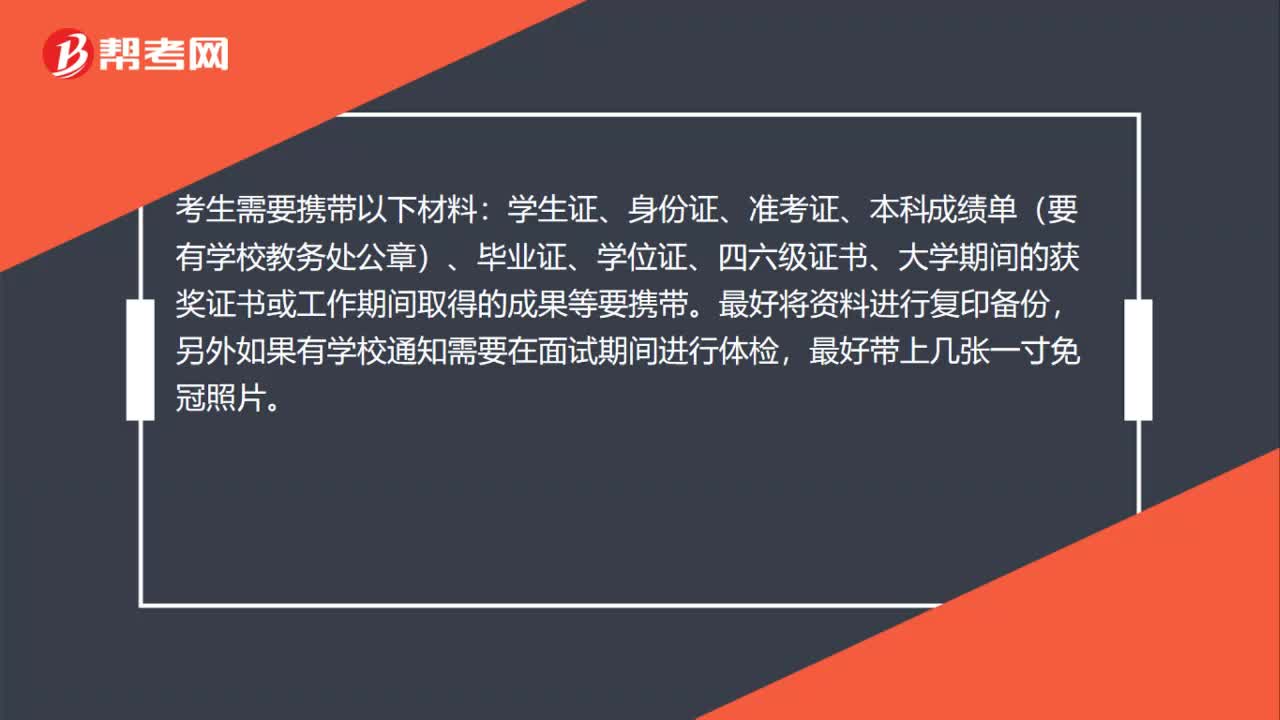 00:41
00:412020-06-06
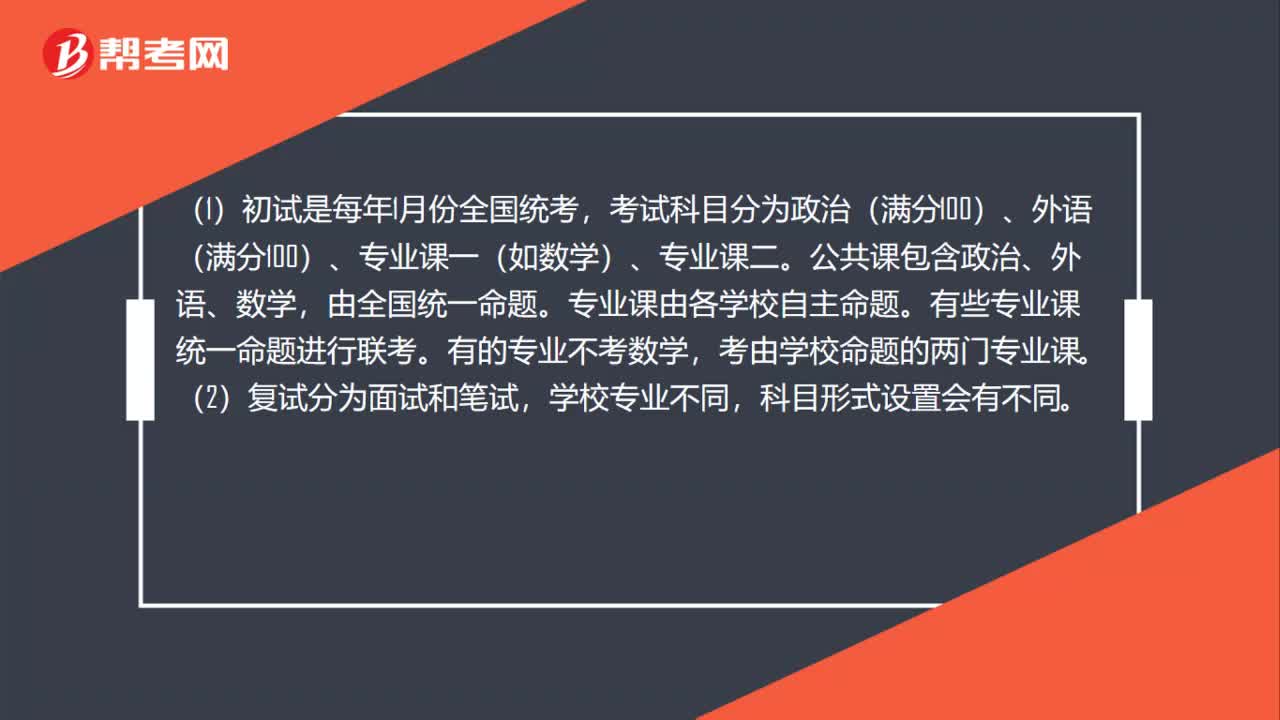 00:44
00:442020-06-06
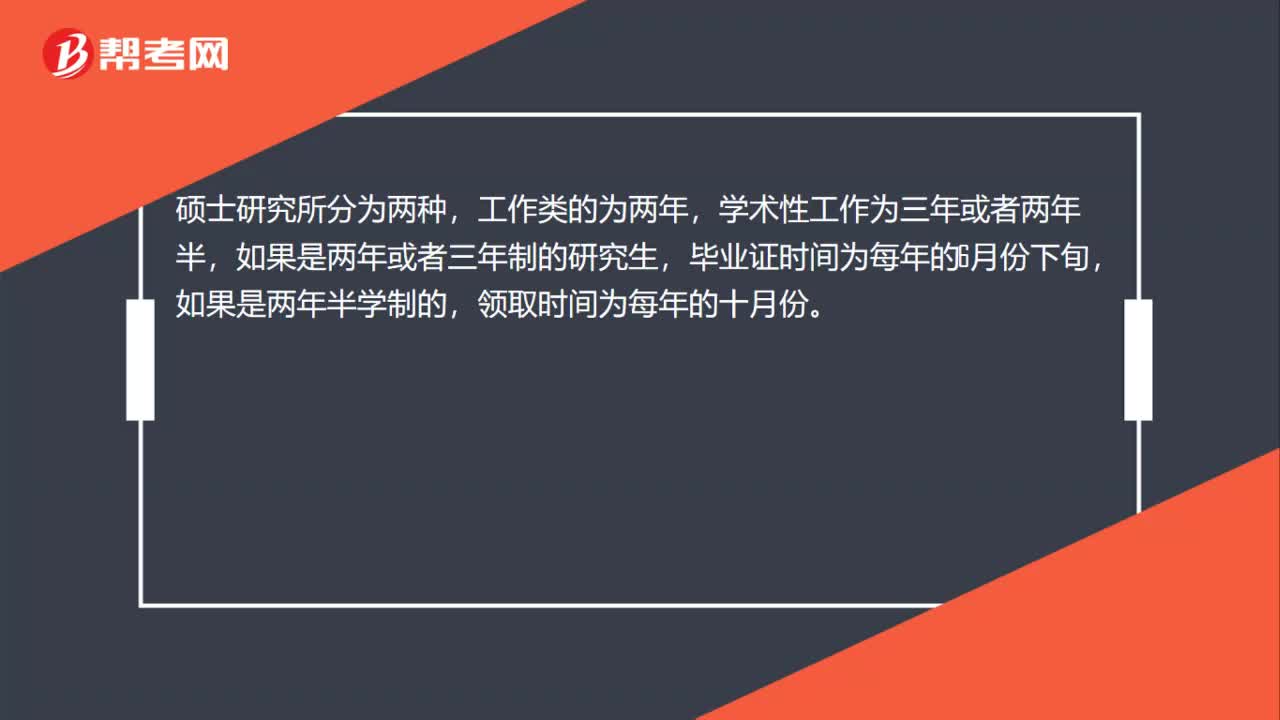 00:28
00:282020-06-06
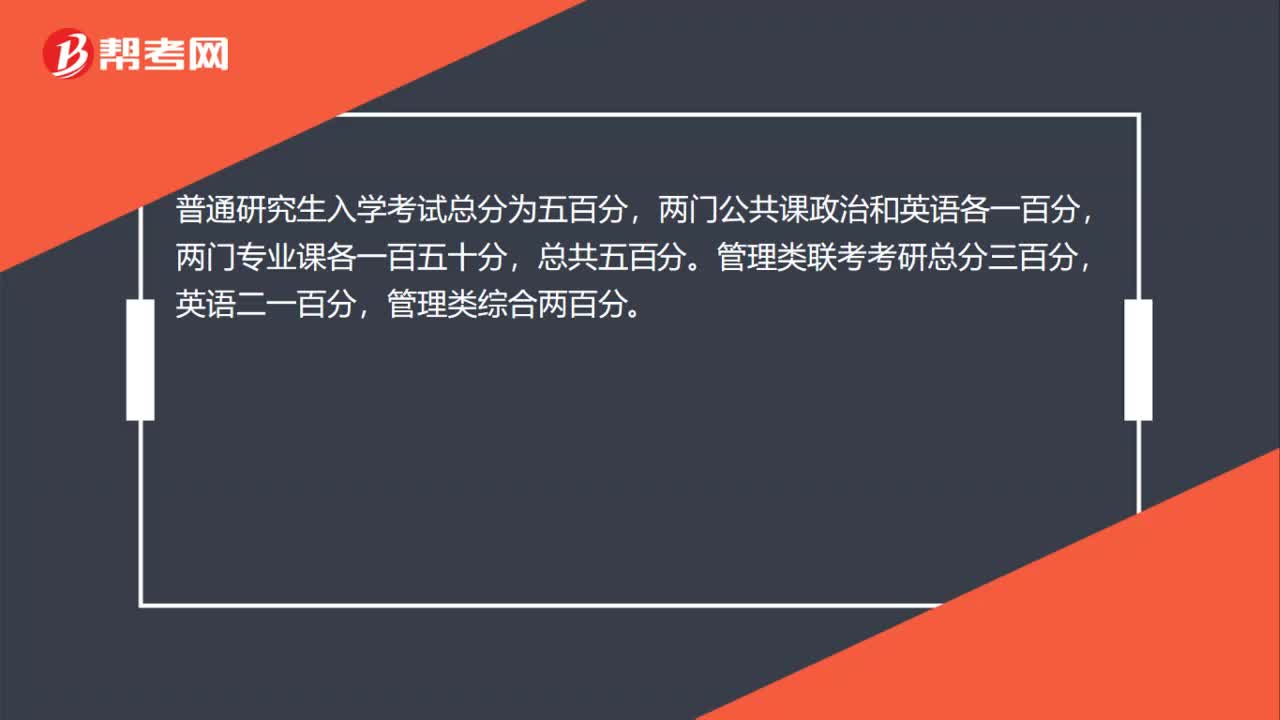 00:27
00:272020-06-06
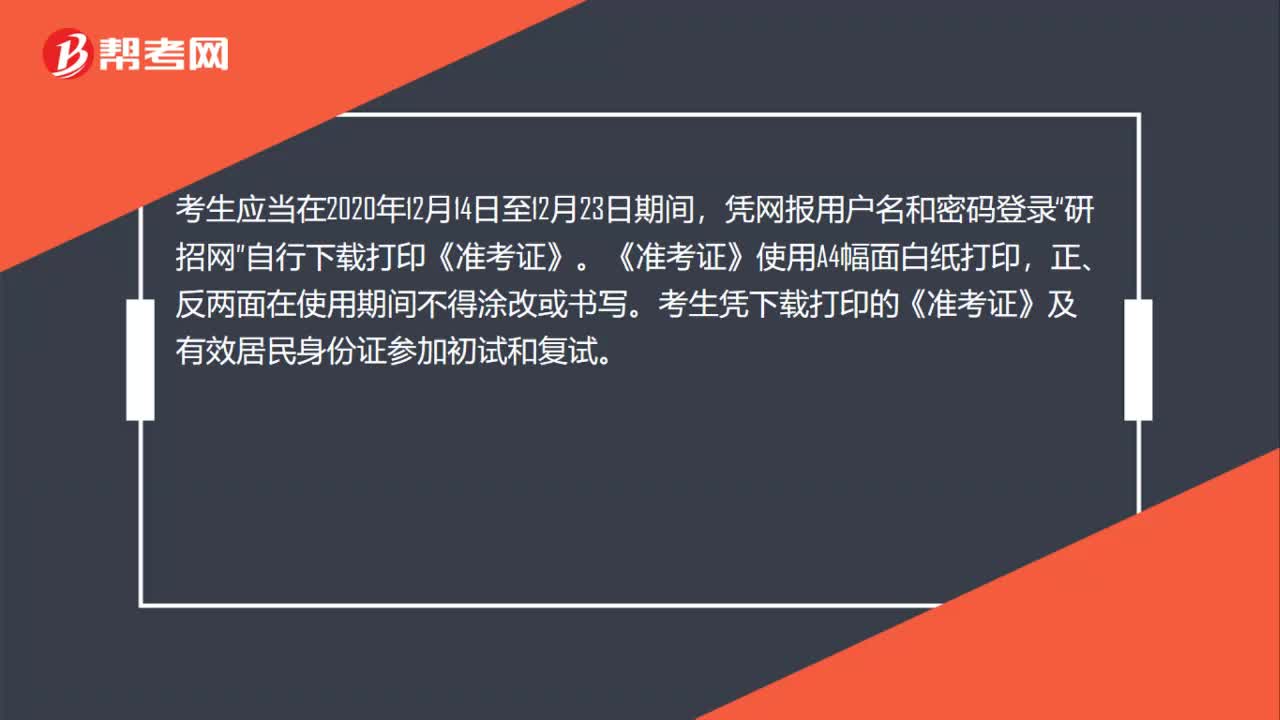 00:33
00:332020-06-06

微信扫码关注公众号
获取更多考试热门资料